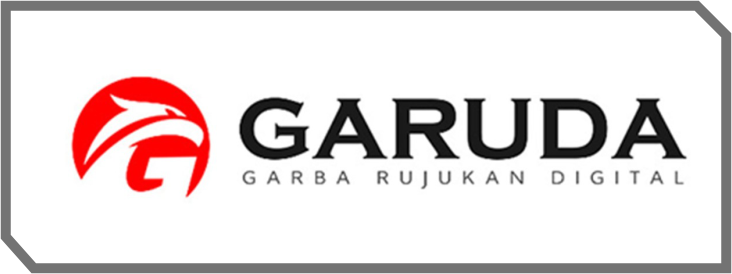Analisis Unmanned Underwater Vehicle Explosive Ordnance Disposal Dalam Pelaksanaan Operasi Tindakan Perlawanan Ranjau Guna Mendukung Tugas TNI AL
DOI:
https://doi.org/10.59447/betelgeuse.v1i2.29Keywords:
Unmanned Underwater Vehicle, Mine Countermeasures Operations, Mine detectionAbstract
Conventional methods in Mine Countermeasures operations are becoming increasingly ineffective in today’s world, especially due to the increasingly complex challenges in mine detection, classification, and neutralization. The use of Unmanned Underwater Vehicles (UUVs) has been identified as a potential solution to address these issues. This study aims to evaluate the potential use of UUVs in improving the effectiveness and safety of TPR. Through data collection and comparative analysis, the results of the study indicate that UUVs have significant potential in reducing the risk to human personnel, improving the accuracy of mine detection, and increasing overall operational efficiency. UUVs can operate in hazardous environments without putting human personnel at direct risk, and the advanced technology applied to UUVs allows for higher precision mine detection and classification compared to conventional methods. Practical implications of these findings include increased efficacy and safety in TPR, making UUVs an effective tool in improving the effectiveness and safety of naval mine countermeasures. Thus, this study contributes to the use of UUVs as an effective tool in improving the effectiveness and safety of mine countermeasures.
References
Antonelli, G. (2018). Underwater robots: Motion and force control of vehicle-manipulator systems. Springer International Publishing.
Hakim, A. L., Faizah, E. N., & Mas’adah, N. (2021). Analysis of leadership style by using the model of Hersey and Blanchard. Journal of Leadership in Organizations, 3(2). https://doi.org/10.22146/jlo.64390
Hariwibowo, R., & Rooswirawan, A. (2022). Analisis pemilihan kapal tanpa awak dalam operasi tindakan perlawanan ranjau dengan metode Analytical Hierarchy Process. Journal of Industrial Engineering & Management Research, 3(4), 9–18. https://doi.org/10.7777/jiemar.v3i4.302
Howard, B., & Tilford, E. (Eds.). (2018). Maritime mine warfare: A comprehensive guide. Springer International Publishing.
Jacobsen, K. L. (2015). The politics of humanitarian technology. Routledge. https://doi.org/10.4324/9781315777276
Nugroho, A., & Riesnandar, E. (2023). Analisis pengaruh kemampuan pengawak terhadap kualitas layanan medis pada kapal TNI AL. UJoST- Universal Journal of Science and Technology, 2(2), 130–136. https://doi.org/10.11111/ujost.v2i2.134
Schwarz, M. (2014). No easy solutions. Naval War College Review, 67(3), 123–141. http://www.jstor.org/stable/26397781
Sugiyono. (2017). Metode penelitian kuantitatif, kualitatif, dan R&D (Rahidzat, Ed.). ALFABETA.
Sulfijasari, T. (n.d.). Analisis hasil belajar lompat jauh di SMP Negeri 25 Bulukumba. Diambil 5 Oktober 2023, dari http://eprints.unm.ac.id/21191/1/JURNAL.pdf
Tupper, E. C. (2013). Introduction to naval architecture. Elsevier. https://doi.org/10.1016/C2011-0-07775-X
Yan, J., Yang, X., Zhao, H., Luo, X., & Guan, X. (2021). Autonomous underwater vehicles. Springer Singapore. https://doi.org/10.1007/978-981-16-6096-2
Downloads
Published
How to Cite
Issue
Section
License
Copyright (c) 2024 Betelgeuse Journal

This work is licensed under a Creative Commons Attribution-ShareAlike 4.0 International License.











